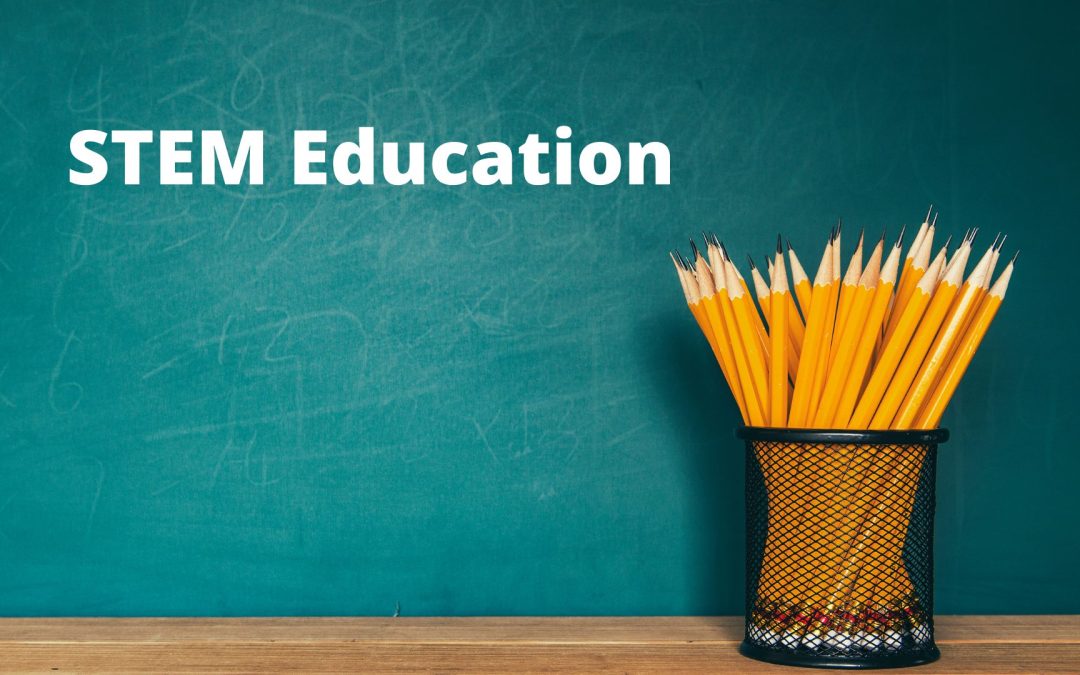STEM curriculum in the classroom is gaining fast momentum, and for good reason. Many hiring companies are looking for extra emphasis on these subjects, and with growing technology, it’s a no-brainer that children should learn these areas more extensively. If you’re unfamiliar with STEM curriculum, read on to find out more about it and how your child is learning these subjects hands-on in the classroom.
What STEM Means
STEM is an acronym for Science, Technology, Engineering, and Mathematics. STEM education is a more hands-on approach to learning about science and technology, which is oftentimes more engaging and thorough. Rather than the typical teacher-driven learning, STEM curriculum involves more discovery, problem-solving, and exploratory ways of learning new information. It allows the child to more actively participate in the learning of STEM subjects, engaging their solution-based learning and preparing them for more real-world based situations. The U.S. Department of Education says students in STEM programs will show that they are “prepared to bring knowledge and skills to solve problems, make sense of information, and know how to gather and evaluate evidence to make decisions.”
STEM’s History
STEM education began twenty years ago, when researchers realized how greatly technology and the sciences were advancing, while careers in the fields of math and science were low. They created STEM as a way to better involve students in the learning process and to make it more approachable and enjoyable to learn. The more hands-on approach made it more accessible to students and engaging, and quickly gained popularity. The hardest hurdle for STEM currently is getting it more accessible throughout all schools, and ensuring teachers are approaching the curriculum correctly. Since STEM is a highly specialized curriculum, not all schools are able to offer it or to the degree that’s necessary in order for full comprehension. There’s a big push, especially for STEM education, to start stepping away from textbooks and start leading children to make decisions and problem solve on their own.
STEM For Students
The approach of STEM learning involves blended learning as well. STEM integrates one or more of the four subjects together into a module, and provides hands-on learning with real world examples and quizzes to help students understand and retain the information better. This helps them understand the learning materials easier while also seeing everything in real time and situations, better equipping them for adulthood and work life. For the most part, students are able to problem solve and provide solutions all on their own, giving them more freedom and the ability to apply their learning in a more creative and flourishing environment.
The continued future of STEM education is thrilling and will only continue to blossom as the years go by. With technology growing at a fervent pace, there’s no stopping STEM education from reaching more and more students every year.
Katie Kyzivat

